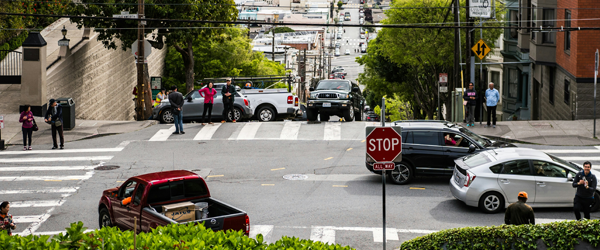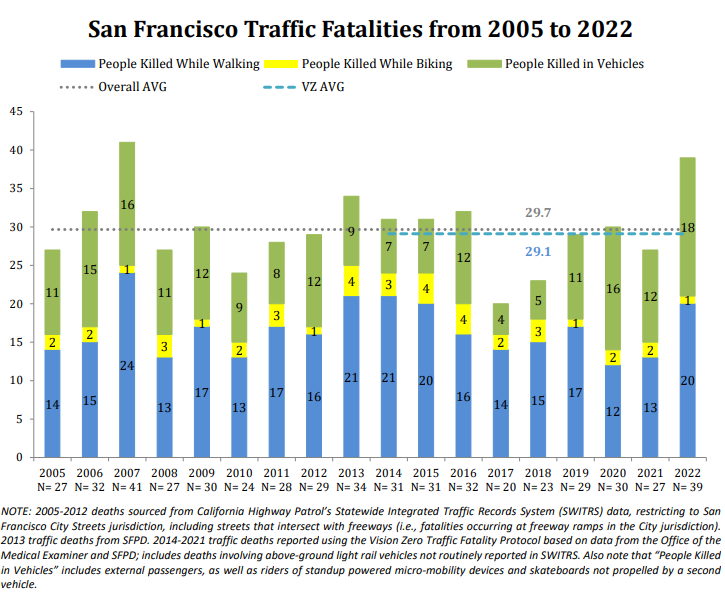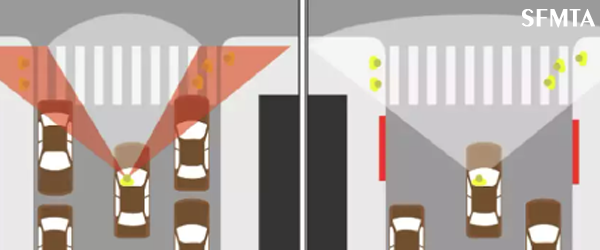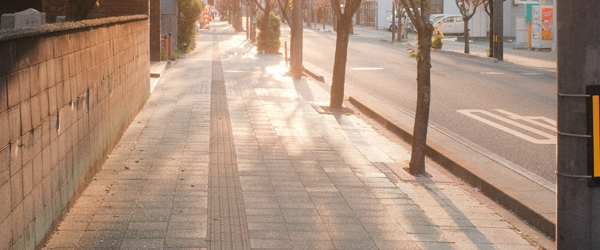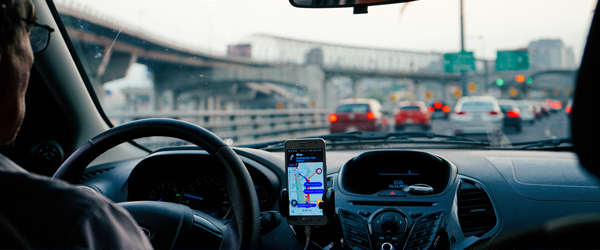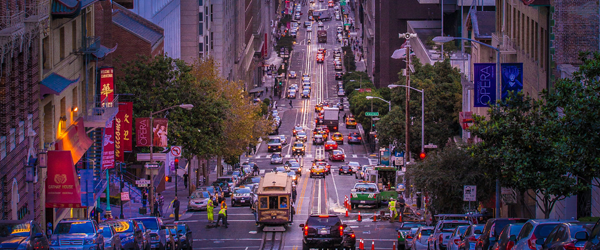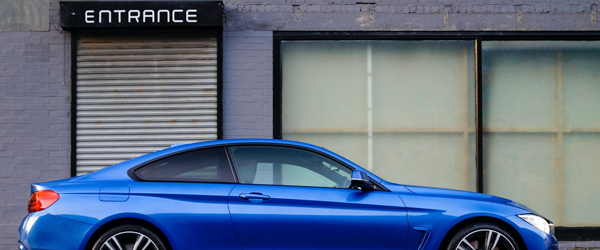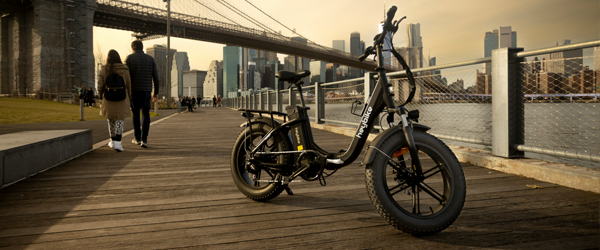
At Rahman Law, we want to support the use of bicycles and advocate fiercely for pedestrian and cyclist safety. Better regulations are a part of that safety. e-Bikes are new and therefore lack a solid foundation of safety regulations just yet. Unfortunately, this places minors at risk for fatal injuries due to reaching speeds that shouldn’t be accessible to them on an e-bike because while laws differ widely in different states, counties, and cities regarding e-bikes, what doesn’t differ is the universal law that speed kills.
When we look at automotive collisions with pedestrians and cyclists, we know that the risk of serious injury to a pedestrian doubles between 16 MPH and 23 MPH. Similarly, a pedestrian in a collision with a vehicle has a 10% chance of being fatally injured at 20 MPH but a 40% chance at 30 MPH. Even worse, the risk jumps to 80% at 40 MPH. With an e-bike, the rate of increase in severity of injuries is thought to follow a similar rate of increase, though studies are still in progress.
e-Bikes that may be used by minors under the age of 16 typically have a requirement not to go above 20 MPH and manufacturers largely comply with that. These are considered Class 1 and Class 2 e-bikes. But teenagers are smart. Some e-bikes only put a speed regulation on the motor, so as soon as you pedal with the motor, you can go faster. Other e-bikes have a governor, but cutting a cable might disable it easily. There are also apps out there to help navigate around the speed limitations put on by a manufacturer. Apps are easy to use.
Many cities are creating educational campaigns to help teach parents about the risks of e-bikes for minors and of going too fast on an e-bike in general. We don’t let minors under the age of 16 drive cars capable of going at high speeds for good reason. Allowing minors to go 20+ MPH on an e-bike (which can be categorized as a ‘motor vehicle’ depending on motor size and laws in your area) poses huge risks to the rider and the public. Law enforcement may be at a disadvantage in enforcing speed laws for e-bikes when it can be hard to determine the age of a cyclist, so this is something parents must be aware of before another e-bike fatality happens to a minor.
If you have a teenager who rides an e-bike (or even rents one periodically), be sure they understand the need for safety. The includes wearing a helmet, riding at safe speeds, and staying off of the sidewalks.
If you want to do more for your community to advocate for e-bike safety, subscribe to a non-profit doing work to bring about better regulations for e-bike safety for minors and all riders, like PeopleForBikes. Part of the battle we face in advocating for e-bike safety is that bikes are regulated by the Consumer Product Safety Commission, but motor vehicles are regulated by the NHTSA and e-bikes fall into a gray area where they might be one or the other. The oversight of e-bikes is currently under review by both of these agencies which makes now a great time to make your voice heard. E-Bikes offer more people the opportunity to ride who may not be physically capable of riding a traditional pedal-powered bike, but safety for the rider and the community around them needs to come first.

